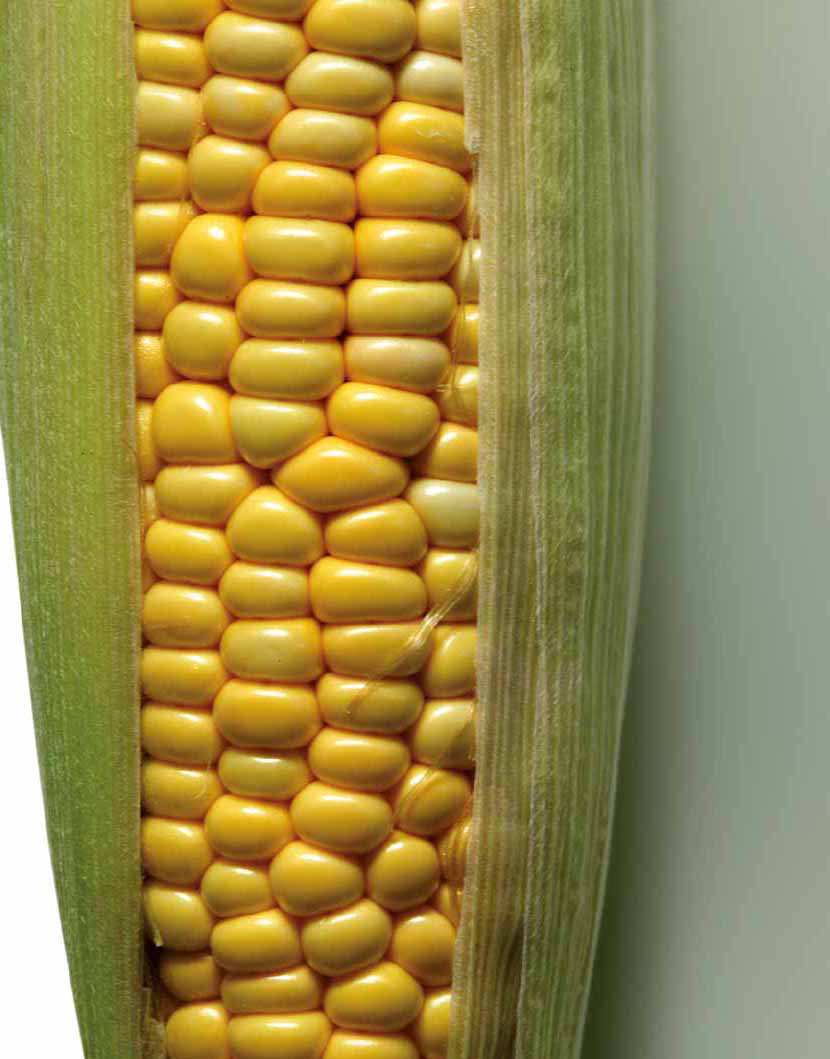
When I first went to Mexico and discovered all types of different-coloured corn on the cob in the wonderful markets, I couldn’t believe they were all edible, and thought the most striking were only used for decoration. The one I liked best, right from the beginning, was blue corn, one of the hundreds of varieties (red, black, white, even multicolour), which provides even more nutrition than yellow corn. This corn was traditionally used by the Hopi Indians, an Amerindian people who now live on the reserve of the Navajo people in Arizona. They used it to prepare for long trips or demanding work. In Mexico, they use blue corn in a dessert called Plato’s Sweet, producing a sad, dull colour, and for this reason, this sweet is prepared exclusively for All Saints Day (Day of the Dead in Mexico). On less funereal dates, they make it with white maize. In Mexico, they also prepare a drink: mole poblano ‘punch’ made with blue corn and milk.
Corn is certainly not a very common ingredient in our European cookery, although today it is beginning to be a more familiar ingredient, especially in salads. But it still has a long way to go.
On the other hand, it’s first worth noting that sweetcorn is the cob of certain varieties of maize, eaten as a vegetable. These varieties differ from fodder by their early maturation, smaller ears and higher sugar content, which provide the sweet taste, hence the adjective.
Unlike the fodder maize plant, which has been known for centuries, sweetcorn originated as a vegetable in the 19th century. It arrived in Europe after the Second World War. Today, it is increasingly popular and enjoyed.
We have spent many years in the kitchen and have returned many times to the subject of corn, which we have used in our restaurant in sauces, biscuits, tarts, aromatic oils, breadcrumbs, crispy coatings and veils, among other applications.
Thus, in a dish that we call ‘Foie Gras Curd with Mango and Crispy Corn’ (or quicos) corn is used as a garnish to decorate the dish at the last minute.
It is also very common in desserts. I remember a ‘Terrine of Papaya and Tea with Sweetcorn Sauce’, or a snack of ‘Lightly-Seasoned Grey Mullet with a sheet of Fruit Compote and Tamarind Sauce’, which had, as a base, some corn tortillas baked and then cut into rectangles.
And one of our best liked dishes that contained it – discreetly, but effectively – was the ‘Parcel of Crayfish and Rice Noodles with Foie Gras Mayonnaise’: at the bottom of the dish, embedded with the unique mayonnaise, we placed a prepared cake of mushrooms and cooked sweetcorn. Or in the striking ‘Sheets of Begi Haundi in the Wind’, the squid was coated in a mixture of powdered macadamia nuts and pulverized popcorn. Or in the expressively entitled, ‘Corn Paving with Salmon’; as well as another very tasty snack ‘Smoked Country House Chicken with Plum and Blue Corn’ (dry and powdered as a coating for the chicken). Corn is already, without doubt, an adopted son of our cooking.
